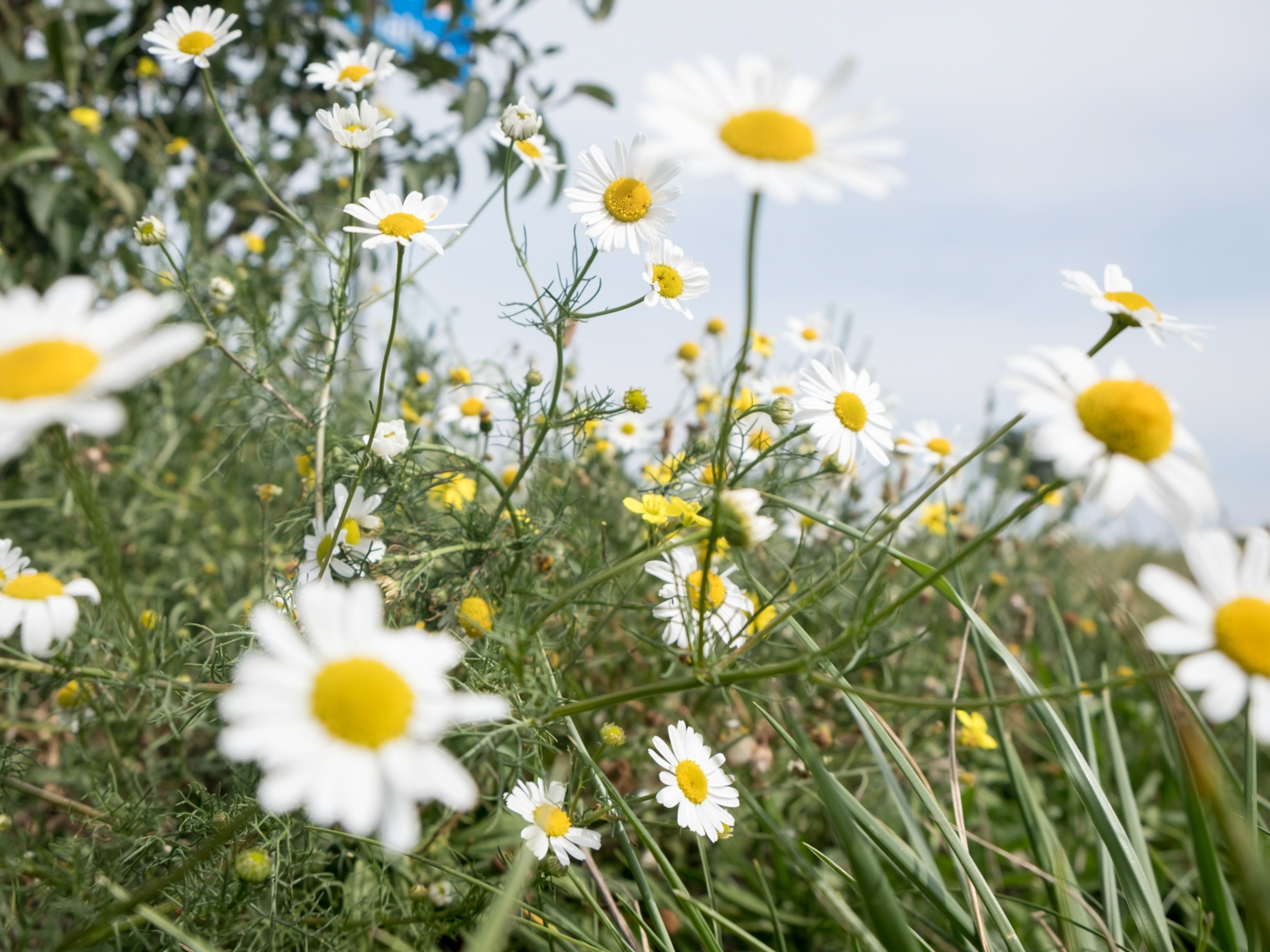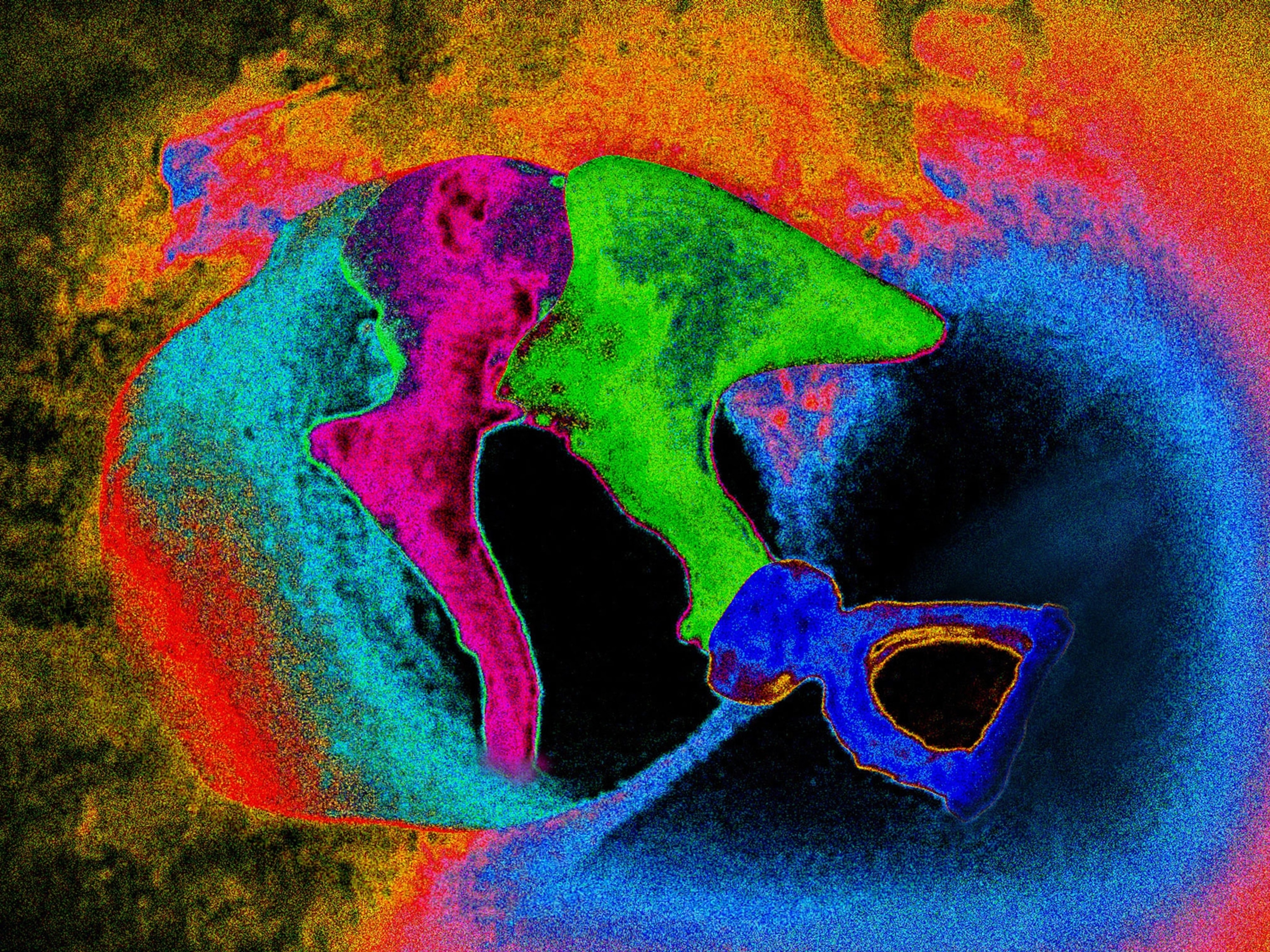
These Are the Girls Who Escaped Boko Haram
“I was in a deep sleep … They asked my sister, mother, and me to come outside. My father was not around at the time. They asked our names, and upon hearing our Christian names they decided to take me away. I am the daughter of a pastor, and at the time I was only 14 years old … I was forced to join Islam, given a new name, and they married me to one man. I managed to escape one night with two other girls. I am still struggling with the memories … ” —Hannah, 15

Since 2009, northern Nigeria has been plagued by conflict with an Islamic extremist group called Boko Haram. In many of these attacks, young boys and girls are abducted and abused by members of the group. Hundreds of people have been abducted by the group, including 276 girls who were taken from their school in Chibok on the night of April 14, 2014. Fifty-seven of the students managed to escape.
Photographer Ruth McDowall found and photographed other former abductees of Boko Haram, hoping to tell their stories. I corresponded with McDowall over email and asked her how she was able to capture the stories of the individuals who were terrorized by Boko Haram.

JANNA DOTSCHKAL: How did you decide to work on a project about Boko Haram’s victims?
RUTH MCDOWALL: I had been documenting the conflict in northern Nigeria for several years. It was an overwhelming conflict to cover. Every day people somewhere in the country were being killed, and for many complex reasons. So I decided to narrow the focus down to one particular issue.
In the middle of 2013, there had been rumors going around about young women who were abducted by Boko Haram and married to insurgents, but people were not sure if it was true. One day I had a discussion with a friend who was researching Boko Haram. He mentioned he had interviewed a young woman [who] had been abducted by them and used for various reasons in their camp.
At this stage, it seemed unbelievable that this was happening in Nigeria, so I began to look more deeply into the abductions.

JANNA: How did you connect to these individuals? Was it difficult to gain their trust?
RUTH: I met them through friends of friends and some various organizations that have taken responsibility to look after them, as most of them can no longer stay in their hometowns.
One of their caregivers gave me the advice that the girls didn’t need just another photographer in their life—they needed a friend. This was really great and challenging advice. So for the first few visits, I forgot about photography, and I gave up any idea on starting or completing a story. I really got to know them as individuals.

JANNA: Could you share a few of the stories that you heard?
RUTH: Some of the young people were taken from their homes during the night. Boko Haram can attack a village and enter people’s homes throughout the night. Others were taken while entering public transport.
Some of them escaped while pretending to use the bathroom in the bush. One young woman faked a stomach illness, so she was sent to a hospital with a Boko Haram member and managed to break away. Another one had a crippled leg and couldn’t run, so he had to wait nine months for the rainy season to come before he could sneak away without his footsteps being traced.

JANNA: How has life changed for Nigerians since the abductions began?
RUTH: I think Nigerians in general have been shocked at the brutality of the insurgency and also the lack of results in finding many of the abducted youth. It has revealed huge cracks in the society and military. I believe civilians feel even more vulnerable than before because they are unsure if the system can protect them. It has also caused significant distrust in communities that used to be well bonded. Distrust has significantly increased in northern regions, and it is difficult to know where people’s allegiance lies.

JANNA: How did you approach each shoot?
RUTH: I originally started the project as reportage but later realized that shooting portraits had more impact.
During the shoots, I tried to make it fun, showing them how to use my camera, letting them photograph me in the same structure, facing the window. This helped to lighten the atmosphere. I had a few smaller cameras available as well so they could photograph each other and just take fun, goofy photos.
I gave them time to get dressed and wear their favorite clothes. They are teenage girls so of course they like fashion and dressing up. I wanted them to have some control over the shoot and express their individual personalities. For example, the bright pink headdress that one girl wore reflected her personality as bright and very outgoing.

JANNA: How did you want to depict these young people?
RUTH: I wanted to show them as strong survivors—which they are. But when I first met some of them I was shocked at how traumatized they looked—it really came through in their body language, slumped shoulders, etc. I just [had] to photograph them how they were, whether it looked strong and resilient or otherwise.
Unfortunately, because of cultural stigma and a need for security, I was not able to photograph their faces.

JANNA: What do you hope people will learn from this project?
RUTH: The abductions began in 2009 and are still happening today. It’s important to have new work published about the issue so that it is not forgotten. I also hope to show that they are people and not unrelatable victims on the other side of the world. On an emotional level, I hoped the photos conveyed something that the viewers could connect with—that they could read their stories and let their voices be heard.
To read more about each individual story, visit Ruth McDowall’s website.
Related Topics
You May Also Like
Go Further
Animals
- Soy, skim … spider. Are any of these technically milk?Soy, skim … spider. Are any of these technically milk?
- This pristine piece of the Amazon shows nature’s resilienceThis pristine piece of the Amazon shows nature’s resilience
- Octopuses have a lot of secrets. Can you guess 8 of them?
- Animals
- Feature
Octopuses have a lot of secrets. Can you guess 8 of them?
Environment
- This pristine piece of the Amazon shows nature’s resilienceThis pristine piece of the Amazon shows nature’s resilience
- Listen to 30 years of climate change transformed into haunting musicListen to 30 years of climate change transformed into haunting music
- This ancient society tried to stop El Niño—with child sacrificeThis ancient society tried to stop El Niño—with child sacrifice
- U.S. plans to clean its drinking water. What does that mean?U.S. plans to clean its drinking water. What does that mean?
History & Culture
- Gambling is everywhere now. When is that a problem?Gambling is everywhere now. When is that a problem?
- Beauty is pain—at least it was in 17th-century SpainBeauty is pain—at least it was in 17th-century Spain
- The real spies who inspired ‘The Ministry of Ungentlemanly Warfare’The real spies who inspired ‘The Ministry of Ungentlemanly Warfare’
- Heard of Zoroastrianism? The religion still has fervent followersHeard of Zoroastrianism? The religion still has fervent followers
- Strange clues in a Maya temple reveal a fiery political dramaStrange clues in a Maya temple reveal a fiery political drama
Science
- NASA has a plan to clean up space junk—but is going green enough?NASA has a plan to clean up space junk—but is going green enough?
- Soy, skim … spider. Are any of these technically milk?Soy, skim … spider. Are any of these technically milk?
- Can aspirin help protect against colorectal cancers?Can aspirin help protect against colorectal cancers?
- The unexpected health benefits of Ozempic and MounjaroThe unexpected health benefits of Ozempic and Mounjaro
- Do you have an inner monologue? Here’s what it reveals about you.Do you have an inner monologue? Here’s what it reveals about you.
Travel
- Follow in the footsteps of Robin Hood in Sherwood ForestFollow in the footsteps of Robin Hood in Sherwood Forest
- This chef is taking Indian cuisine in a bold new directionThis chef is taking Indian cuisine in a bold new direction
- On the path of Latin America's greatest wildlife migrationOn the path of Latin America's greatest wildlife migration
- Everything you need to know about Everglades National ParkEverything you need to know about Everglades National Park







